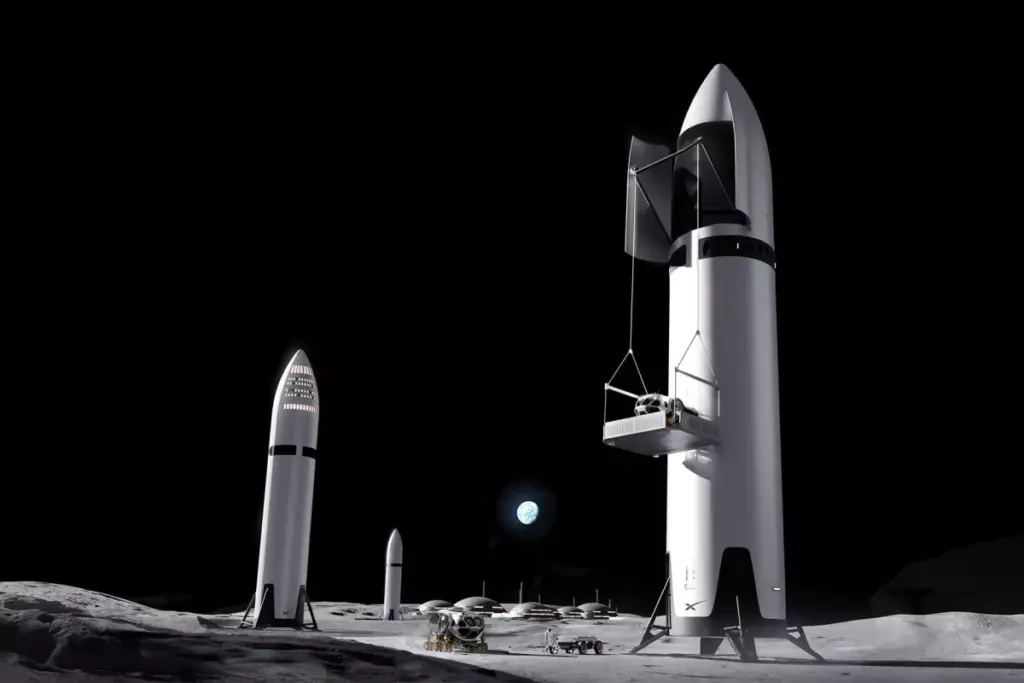
SpaceX has unveiled a revised plan for a lunar lander aimed at accelerating the return of U.S. astronauts to the Moon. This announcement comes in response to delays within NASA’s Artemis program, which seeks to establish a permanent human presence on the Moon. The renewed focus on competition for the spacecraft contract has prompted changes to SpaceX’s original design.
NASA’s Artemis initiative has ambitious goals, but it has faced significant challenges, including cost overruns and technical difficulties. A critical component of this program is the lunar lander, which is essential for transporting astronauts to the lunar surface. SpaceX’s initial proposal involved a lander based on its experimental Starship rocket, designed to carry up to **100 tonnes** of supplies to the Moon. This plan required numerous launches to deliver the necessary fuel and materials for a sustainable lunar base.
Given the setbacks, including delays in the on-orbit cryogenic propellant transfer demonstration now scheduled for **2026**, NASA’s Acting Administrator, **Sean Duffy**, called for a reassessment of the lander program in **October 2025**. He emphasized the need for a competitive approach, allowing companies like **Blue Origin** to submit plans by **October 29, 2025**.
In response, SpaceX has developed a simplified version of its lunar lander. The new design prioritizes speed and crew safety, focusing less on cargo capacity. Key modifications include the use of expendable tanks and a reduction of equipment to save weight. Additionally, the rendezvous point has shifted from a **Near-Rectilinear Halo Orbit (NRHO)** to a safer low-lunar orbit, which requires less energy and provides a more straightforward abort procedure if necessary.
The streamlined plan also aims to facilitate quicker approval of onboard systems and modifications to the Starship. This includes the installation of two new airlocks, each with a greater volume than those used in the **Apollo Lunar Module**, and a hoist system for lowering astronauts to the surface. As a result, the number of necessary fueling trips for landing missions can be reduced to fewer than **10**.
In a statement, SpaceX emphasized its commitment to the Artemis program, stating, “Starship continues to be the fastest path to returning humans to the surface of the Moon and a core enabler of the Artemis program’s goal to establish a permanent, sustainable presence on the lunar surface.” The company expressed its dedication to expediting the mission, drawing parallels to its successful role in NASA’s Commercial Crew program, which restored human spaceflight capabilities to the United States.
As the competition heats up, both SpaceX and Blue Origin are poised to play crucial roles in shaping the future of lunar exploration, with NASA’s Artemis program at the forefront of this new era in space travel.







